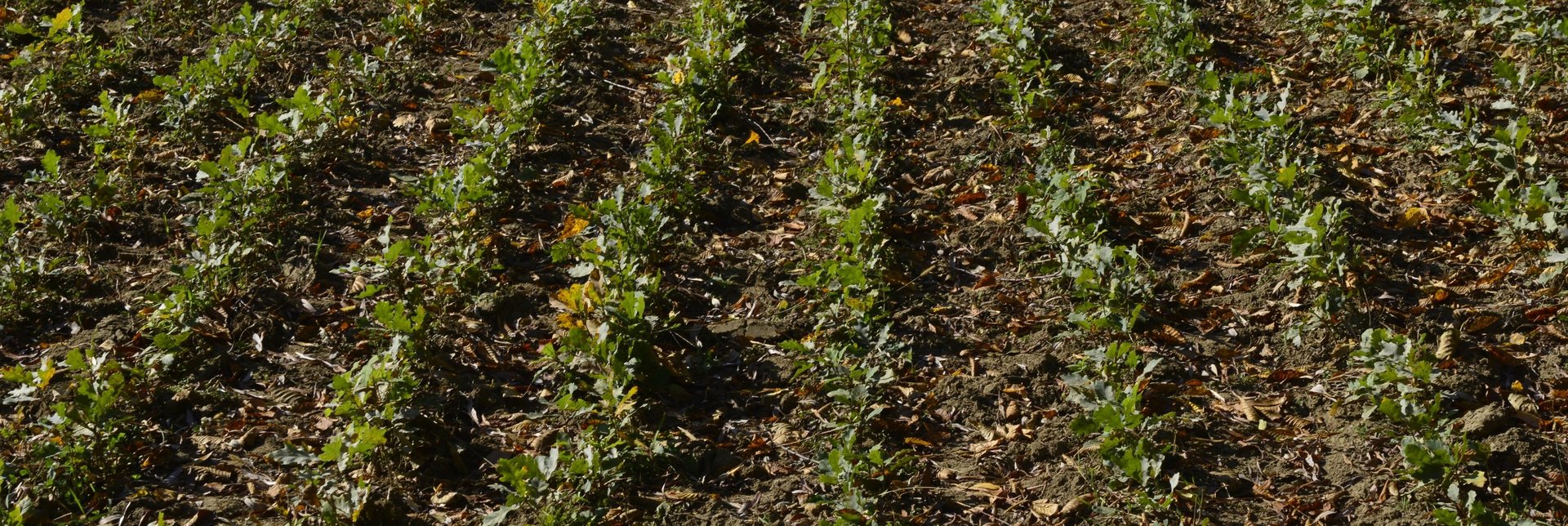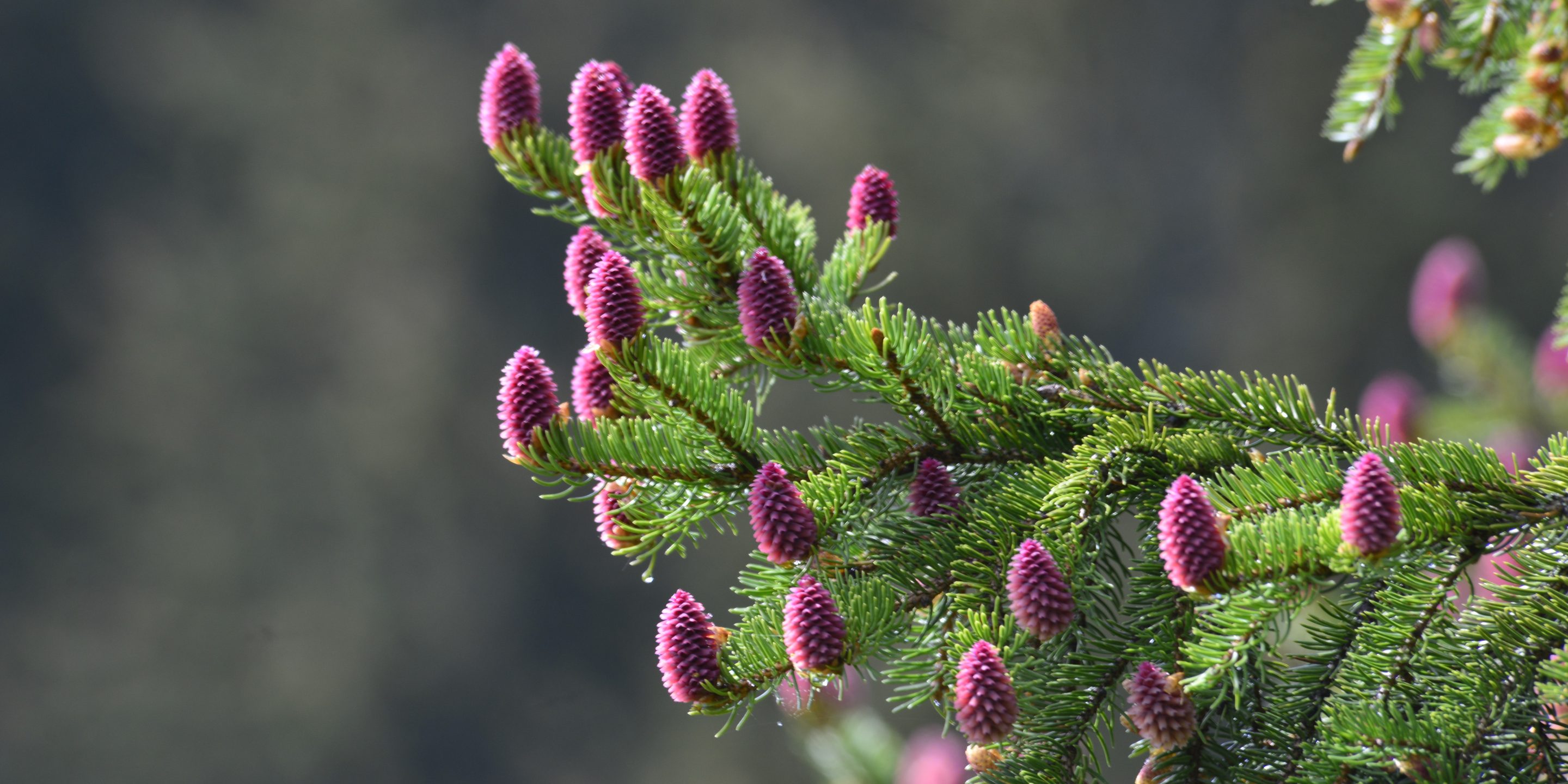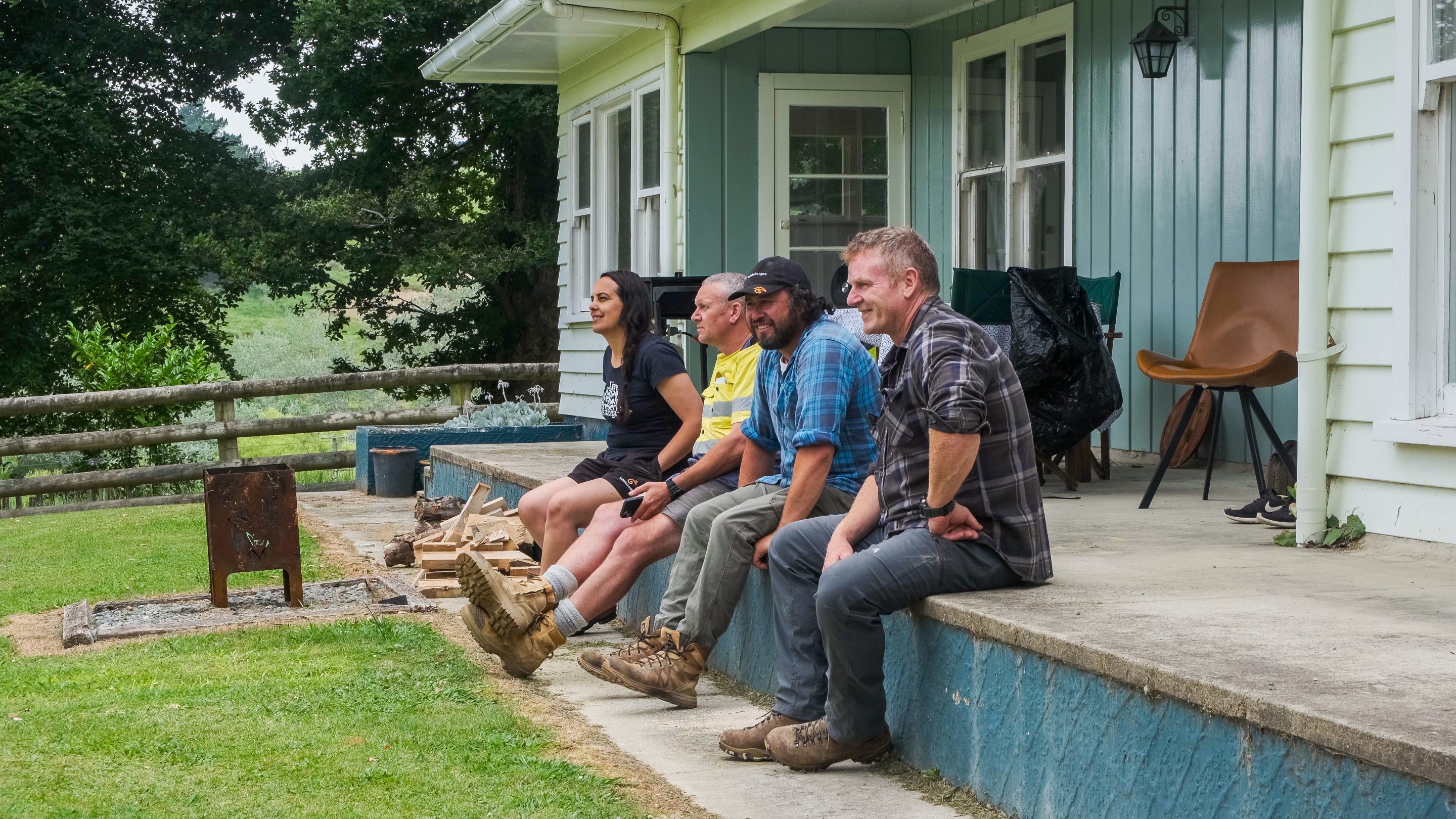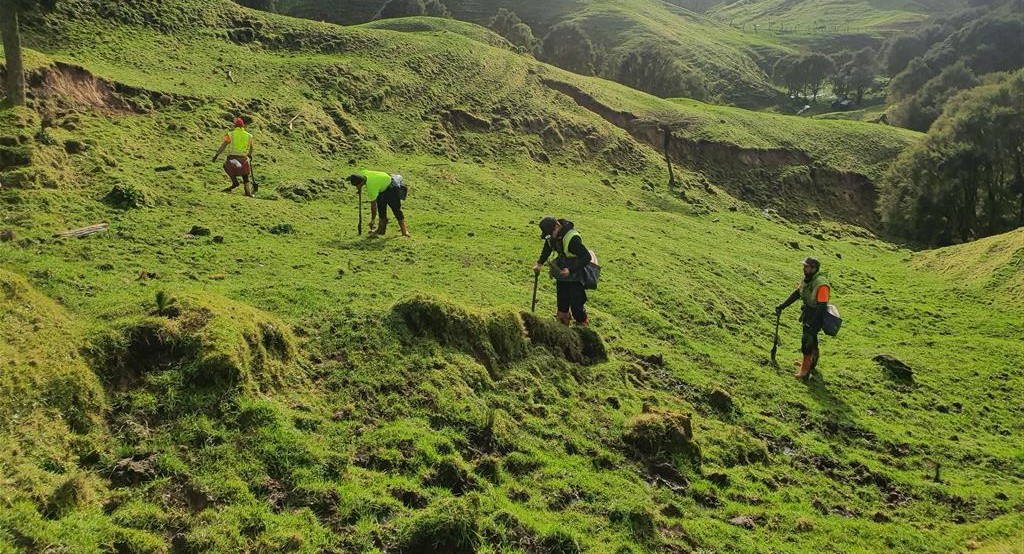
Ensuring forests remain forests forever: 3 pillars of responsible forestry practices
Wood is beautiful, durable, and long-lasting. It’s also renewable and recyclable, and when sourced from responsibly managed forests, it plays a crucial role in mitigating climate change. IKEA’s identity is intricately tied to wood, so we understand how important it is to take care of our forests in a way that supports healthy ecosystems, respects its unique character, and provides protection for generations into the future.
In this article, we talk about the three pillars for responsible forest management in Ingka Investments. We believe by setting a positive example, we can inspire better forestry practices worldwide.
The right thing to do
We believe in responsible forestry simply because it’s the right thing to do. Forests are not just sources of wood; they are complex ecosystems essential for maintaining our planet’s climate, air quality, and biodiversity. They also hold cultural significance for local communities and indigenous peoples.
“With our influence in the wood industry, we are determined to demonstrate that responsible forest management can lead to both an environmental and commercial success – for us and for those who live around the forest.” Andriy Hrytsyuk, Ingka Investments Forestland Investments Portfolio Manager
Conservation and biodiversity: protecting natural heritage

Forests are home to a wide variety of plant and animal species, many of which are threatened by habitat loss and climate change. By preserving and enhancing biodiversity in our forests, we contribute to the stability and resilience of these ecosystems.
Did you know…? Approximately 20% of our forestland is managed primarily for environmental objectives, with half of that area exempt from any harvesting.
These areas are earmarked to protect rare, threatened, or endangered habitats and to foster biodiversity. We use digital tools, such as drones, satellite imagery, and mobile apps to optimise our conservation efforts.
In Romania:
- All forestland is managed to at least the FSC excellence standard. Beyond that, over 10% – spanning more than 5,000 hectares – is fully protected from human intervention, in line with the EU Biodiversity Strategy for 2030. Most of this area has been voluntarily excluded from commercial activities, reflecting our strong commitment to sustainability.
- We suspend activities on more than 20% of our properties between April and July each year, specifically timed to coincide with the critical bird nesting seasons.
In Aotearoa New Zealand:
- Our riparian* setbacks are five times what is required by law, with over 27% of this is being reforested with native species like manuka, to enhance biodiversity (*riparian: wetlands adjacent to rivers and streams).
In the United States:
- Species of concern, like the gopher tortoise, are supported through habitat restoration and conservation activities such as longleaf pine restoration and prescribed burning.
In Estonia:
- We have identified 2,300 hectares of High Conservation Value Forest as well as 500 hectares set aside as representative sample areas to present and preserve each forest site type.
In Lithuania and Romania:
- A significant portion of forests overlaps with Natura 2000 sites, where we have joint responsibility to manage these areas to protect species and habitats of importance.
Community engagement: working together

Over the past decade, we’ve made significant progress in this area, actively involving communities and partners in our efforts. We make our forests accessible for leisure activities and community programs, and work closely with local conservation organisations to protect natural habitats. We provide local jobs with safe working conditions, holding our partners to high standards and global certification systems like the Forest Stewardship Council (FSC).
“By collaborating with local stakeholders, we align our practices with the needs and values of those who live in and around our forests,” explains Andriy, “We hope to create a shared sense of responsibility and stewardship, enhancing the social and economic well-being of these communities, and leading to better forest management practices.”
In Romania:
- We have invested €310,000 into community involvement programs since 2020, including educational and social projects (such as the Forest Management Project and the Women in Forestry program), firewood donations, and the inauguration of a 7 km educational forest trail in collaboration with Natura 2000.
- Over 90% of our operations are supported by local businesses and we support more than 750 jobs in the logging and transportation sectors across 105 local communities.
- We have established our own in-house forestry team which allows us more control over working standards and demonstrates our commitment to elevating the forestry industry in Romania.
In Aotearoa New Zealand:
- We are working on a Memorandum of Understanding together with the Iwi (Māori social unit) in Ngatiawa to manage the kiwi population and restore the whenua (land).
- After Cyclone Gabrielle in 2023, we supported the community by providing housing for families whose homes were damaged.
- At our Huiarua property, we work closely with Mata School, which has grown from three to over ten children since we began managing the area.
- In Hokonui Rūnanga, we have involved the local Iwi in planting and possum control, establishing a relationship agreement to guide our collaboration.
Regeneration, reforestation and afforestation: restoring and expanding forests

We are committed to harvesting less than the natural growth of our forests, but we also aim to increase forest area. Regeneration allows forests to recover naturally, which can be effective in restoring ecological balance and ensuring that forests remain productive and resilient. Afforestation involves planting trees in areas that were not previously forested. This helps to increase forest cover, extract more carbon from the air and restore degraded land.
Did you know…? In FY24, we planted 13.9 million seedlings and conducted afforestation and regeneration on nearly 10,000 hectares of land.
“We carefully plan to ensure that the right species are planted in the right places, maximising both ecological and economic benefits while creating new habitats for wildlife,” says Andriy.
In Romania:
Our responsible forest management has increased forest volumes by 500,000 cubic metres in just eight years.
In Aotearoa New Zealand:
Afforestation is transforming former pastoral land (land from animal grazing), improving water quality and enhancing biodiversity.
In the United States:
Following Hurricane Michael (Florida), we planted longleaf pine to help rehabilitate the land, boost species diversity and climate resilience, and preserve forestland in an area increasingly converted to agriculture.
We aspire to be a leader in responsible forestry
As we mark the 10th anniversary of our first forestland investment, we reflect on our journey with pride.
“A decade is brief in forestry terms, however we approach our work with a long-term perspective, focused on lasting impact”, says Andriy, “Over these years, our team has demonstrated a strong commitment to responsible forestry, and we will continue to lead by example, recognising our responsibility to make meaningful improvements.”
Looking ahead, we aim to be a leader in responsible forestry, going beyond our responsibilities as an FSC certificated company. This is a process of continuous learning, experimenting and innovation to find the balance between sustainability, community well-being and economic growth.
Our goal is to create a globally replicable model of forest management that contributes to sustainable development and the well-being of our planet
Find out more about the Ingka Investments Forestland portfolio.